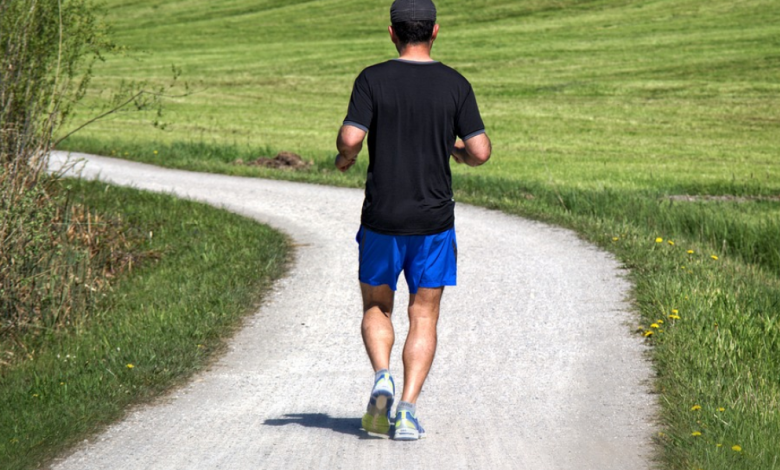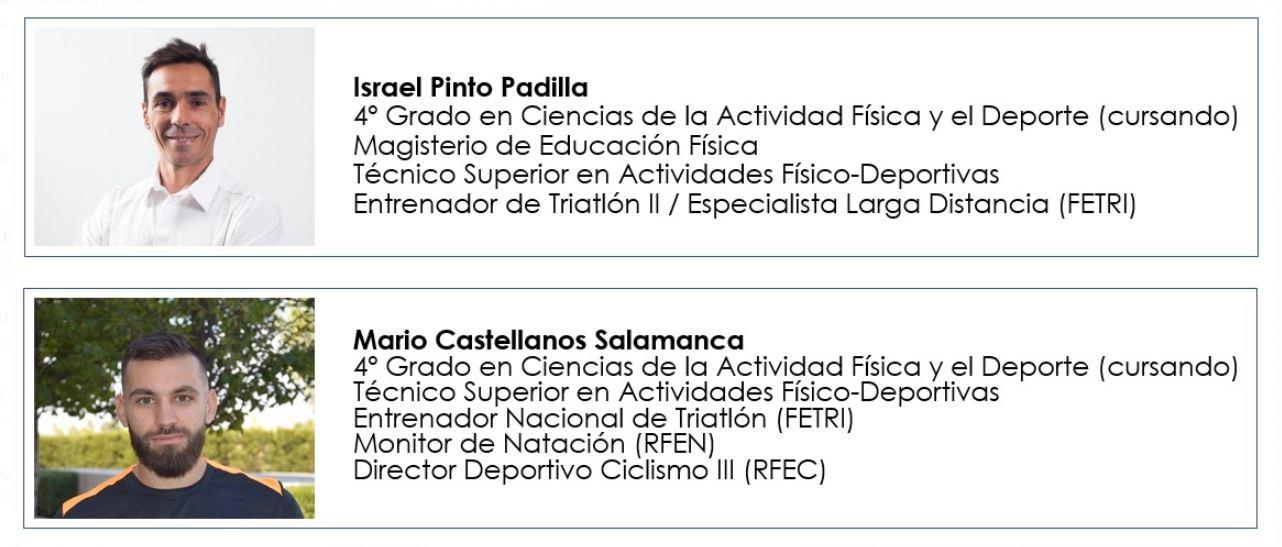I've already run the first week, now what do I do?
We leave you a series of tips to continue progressing after being confined for almost 2 months.

Our partners Israel Pinto y mario castellanos, This article gives us a series of tips to continue progressing in the best way in our training after being confined for almost 2 months.
Last week Israel and Mario launched their new project Q Virtual & Bike, a virtual cycling Club, where Specific cycling training in a virtual way.
I've been running for a week now what do I do?
After this first week, many of you have asked us what is the next step.
The first and most important thing is to know that we must prepare to run, we cannot or should not run if our muscles and joints are not prepared for the impact (We leave you at the end of the article, some exercises that can help you).
Another basic thing is do not use running as part of running warm-up.
It is better to do work such as skipping, smooth running on the spot, Jumping Jack type jumps, scissors... and combine them with "depth" exercises such as back strides, forward strides where we also give mobility at the joint level.
What stage are you on?
Now we are presented with several scenarios to see how to progress, based on our level.
1º I have run 2-3 times doing CaCos and I have had no discomfort, I have been well.
2nd I have run 2-3 times doing CaCos and I have had slight discomfort.
3rd I have run 2-3 times doing CaCos and I have had many stiffness.
4º I have run 1-2 times doing CaCos and I have had no discomfort, I have been well.
5º I have run 1-2 times doing CaCos and I have had slight discomfort.
6º I have run 1-2 times doing CaCos and I have had many stiffness.
We have several ways to progress if we haven't had discomfort, and we also have ways to "roll back" and prepare to run if we've been feeling bad.
I have run well and I have no discomfort
We canincrease the frequency by doing the same, run one more day a week, but with the same thing we did the week before.
I have run 2 days, I pass three days. Be careful to spend 3-4 days. At first it is good to leave 1 day off between running sessions.
It can increase race time y maintaining recovery time we use.
- Example 1, go from 2' run 1' walk for 30' to 2'30” run 1' walk for 30'.
Could you maintain race time and cut recovery time.
- Example 2 go from 2 ′ race 1 ′ walk for 30 ′ to 2 ′ race 45 ″ walk for 30 ′
Another option is increase running time and recovery time, which we believe is the most suitable option at this stage.
- Example 3, go from 2' run 1' walk for 30' to 3' run 1'30” walk for 30'.
You have run and you have had a lot of discomfort
In the opposite case, that you have run and you have had a lot of discomfort, be careful with what many say "the laces are removed by going back to training".
Injuries may appear that leave you standing and the goal now is to progress.
So, if the momentum has made you go, the best thing is to take a step back and do a little less than what you have done, and see how the discomforts disappear and you adapt.
The "regression" options are the same, but in reverse.
- Reduce the number of days that you have run, so that there is a bigger recovery.
- Reduce race time session total.
- Reduce race time y keep the recovery
With all this, you can play with head in your progression, thinking that the objective now is to adapt to run again and avoid injuriesSince there is nothing worse than an athlete who cannot train, on a psychological level it can be very hard, especially in these times.
Proposed by levels.
Low level.
- During 30′ do 1'30” run + 1'15” walk
- During 30′ do 2'30” run + 2'15” walk
- During 30′ do 2'30” run + 1'15” walk
- During 30 ′ do 4 ′ run + 2 ′ walk
Medium level.
- During 35′ or 40′ do 3′ run + 1'15” walk
- During 35′ or 40′ do 4′ run + 1'30” walk
- During 35′ or 40′ do 5′ run + 2'15” walk
- During 35 ′ or 40 ′ do 5 ′ run + 2 ′ walk
- During 35′ or 40′ do 6′ run + 2'30” walk
- During 35 ′ or 40 ′ do 6 ′ run + 2 ′ walk
High level.
- During 45 ′ or 50 ′ do 5 ′ run + 2 ′ walk
- During 45 ′ or 50 ′ do 6 ′ run + 2 ′ walk
- During 45′ or 50′ do 6′ run + 1'30” walk
- During 45 ′ or 50 ′ do 7 ′ run + 3 ′ walk
- During 45 ′ or 50 ′ do 8 ′ run + 3 walk
- During 45′ or 50′ do 8′ run + 2'30” walk
Strength exercises
Remember these strength exercises, to improve and balance forces in the lower body
T balance
Bulgarian squat
skater squad
Bridge to a Leg
Don't forget your Core work, since in the race it is very important to maintain the stability of the body and to be able to transfer forces better.
Panel
Dead bug
Contralateral table
Press Palloff
How to recover correctly?
And finally remember recovery strategies. After running, we recommend working with roll foam as a recovery strategy, but it should not be too “hard”.
The movements should be slow, doing two repetitions for each exercise on each leg of about 30 ″ in length. Some examples may be these.
Twin - soleo
Hamstring
Gluteus
Iliotibial waistband

There are no previous results.




























